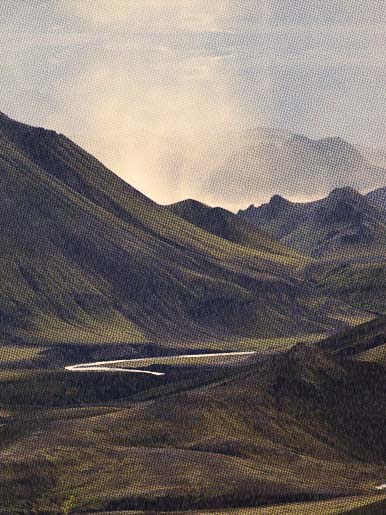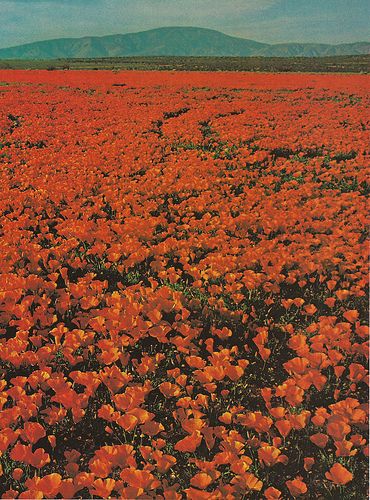
The fascinating world of butterflies
The fascinating world of butterflies

From the egg is born a caterpillar, a kind of large crawling worm, which by the extraordinary phenomenon of metamorphosis, will be transformed, at least for the butterflies, into one of the most sublime and colorful being of the animal kingdom.
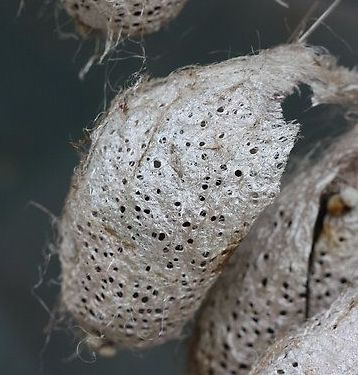
In these seemingly immobile cocoons, the caterpillars will slowly transform into butterflies.
In the prodigious and mysterious world of insects, everyone thinks they know butterflies (Lepidoptera), but how many of us know that there are more than 250,000 different species, spread over the four main continents (Eurasia, Africa, America and Oceania). Only the Antarctic continent is too cold and has no vegetation cover. There is in fact a real association (called symbiosis by scientists) between plants and butterflies. As we will see by observing their life cycle, butterflies indeed need plants to feed themselves, the pollen of flowers for example for the adults, or the leaves of grasses or trees on which their larvae called caterpillars feed.

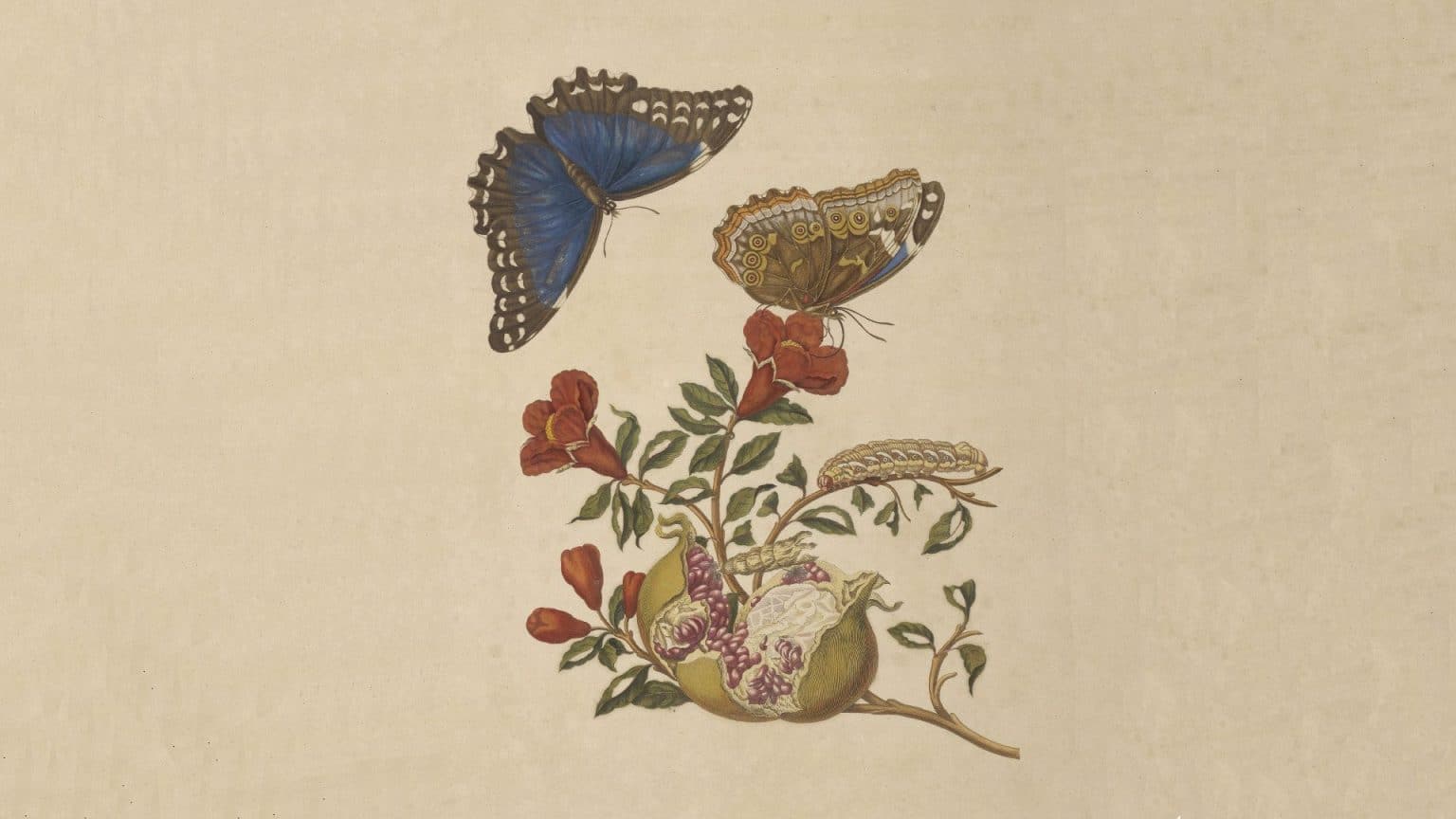
While the caterpillars eat the leaves and twigs, the adult butterflies of the same species gather pollen from the flowers of the same shrub. Many butterflies, both their larvae (caterpillars) and themselves as imago (adults), are attached to one and the same plant.
Butterflies appeared more than 150 million years ago and were only able to evolve and diversify after the appearance of flowering plants. Like other insects, butterflies are interdependent on certain plants, sometimes specific to a lepidopteran species. This is the case of wild vanilla flowers in Madagascar, where only a particular butterfly species is able to pollinate them. In the many countries where vanilla has been introduced for cultivation, but where the butterfly does not exist, it is man who has to carry out the artificial pollination of the plant, whose flower would otherwise never turn into a pod. In many regions of the world, where certain insects (butterflies or bees…) have disappeared, the plants that depended on them for pollination have disappeared with them.

Some species of butterflies do not feed on pollen, but on the decomposition of plants.
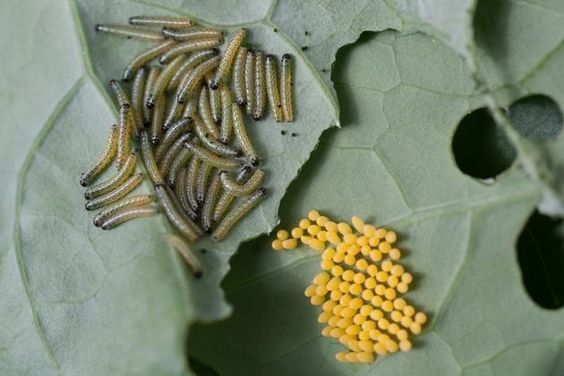
The eggs are usually deposited under the surface of a leaf, which caterpillars from a previous oviposition begin to feed on.
As with many animal species, the life cycle of butterflies begins with the hatching of a fertilized egg. Most often, the dozens or hundreds of eggs laid by a female are deposited under leaves or other plant surfaces to protect them from predators and adverse weather conditions. From the egg, a tiny larva called a caterpillar will emerge quite quickly, feeding night and day on tree leaves or other plants, almost always specific to a particular butterfly species.
The immobile caterpillar in its cocoon will metamorphose into an adult butterfly.
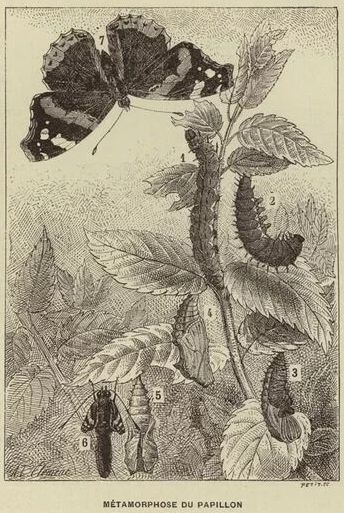
Because of their rapid growth, caterpillars are forced to shed their integument regularly, up to four or five times, which is called molting. During the last molt, usually the fifth, the caterpillar hangs upside down from a branch or a leaf, and will then build a cocoon or chrysalis around its now immobile body, which will protect it. It is then that one of the most important and mysterious phenomena of the animal kingdom will take place: the metamorphosis. Just as the tadpole will metamorphose (transform) into a frog, the caterpillar, immobile in its cocoon, will metamorphose into an adult butterfly, which while contorting itself inside the chrysalis or cocoon, will crack this one to extract itself, unfold its wings and take flight. That the tadpole which has no legs but a tail becomes a frog with four legs but without a tail which will now be able to breathe atmospheric air and get out of the water, is already an amazing phenomenon of Nature, but that the caterpillar which looks like an ugly green crawler, metamorphoses into a splendid butterfly with shimmering wings and colored for some of the most beautiful hues of the rainbow, is really one of the most sublime adventures of the animal world.
It is in fact the type of plant that the caterpillar will eat, which will give after the metamorphosis, the coloring of the wings of the adult.

A yellow-cream butterfly, certainly the most common color among lepidopterans, at least in European latitudes, and which gave them their English name of "butterfly".



